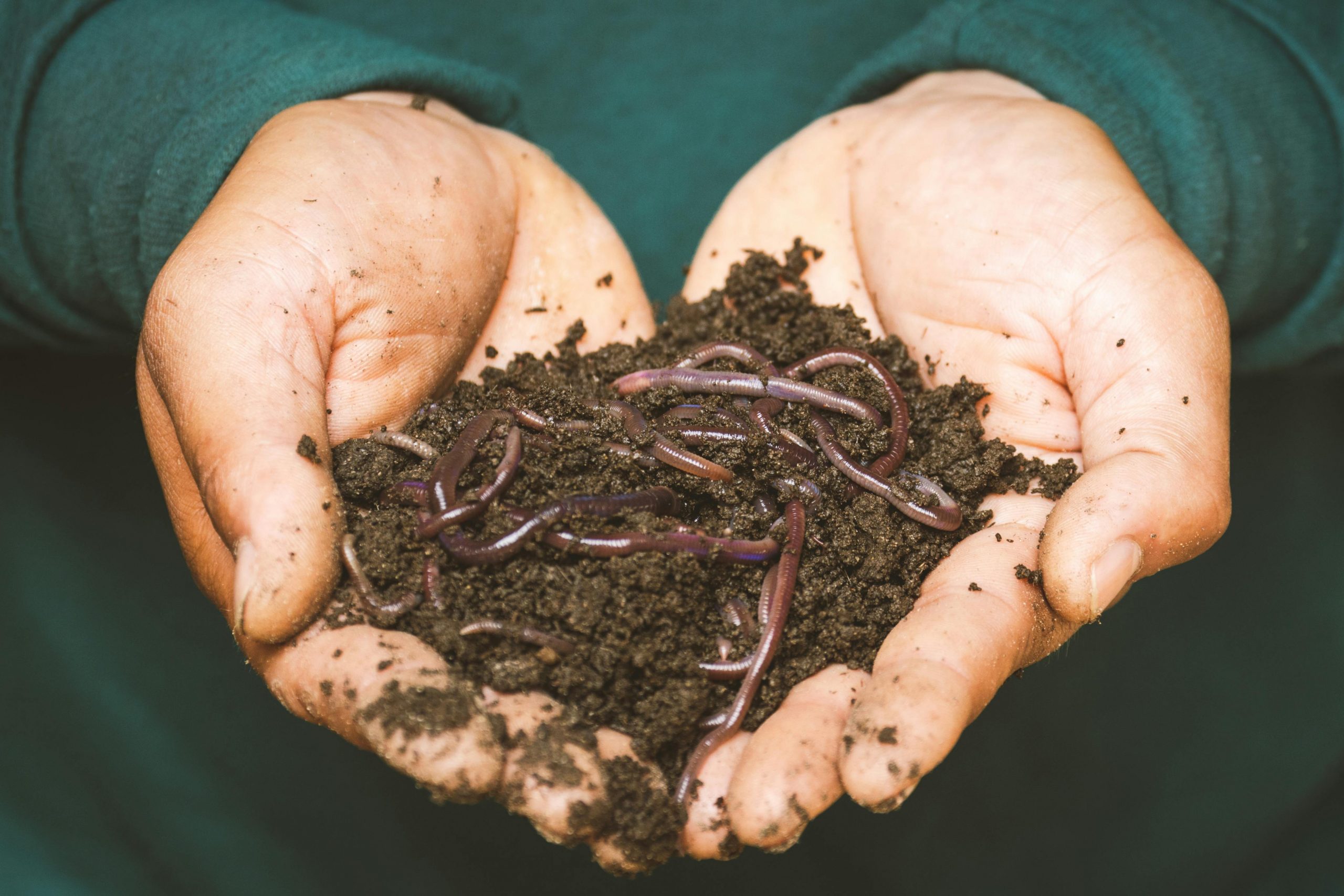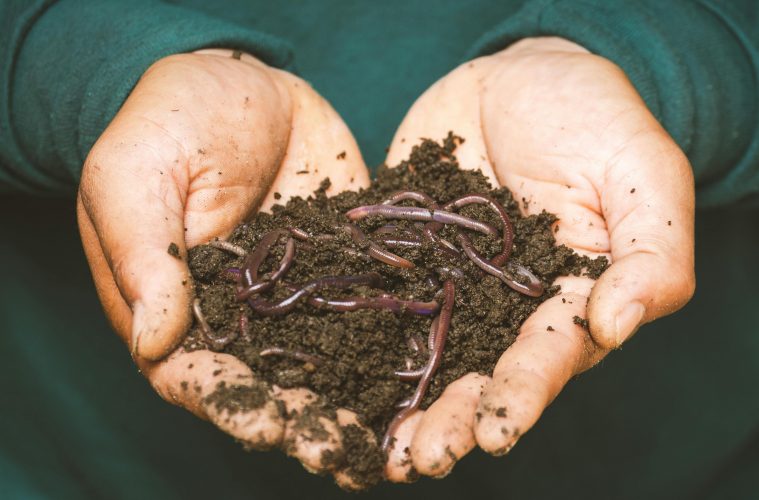There are many different types of worms offering benefits to your garden. Your garden’s soil is most likely to enjoy the sight of earthworms every time, as they benefit the soil by keeping it healthy. There are many ways earthworms help gardens. Here are four great reasons why you should be okay with seeing them in your garden.
Worms can help control pests
One often overlooked benefit of using worms in gardening is their role in controlling soil pests and diseases. Worms consume the organic matter that these pests and diseases thrive on, helping to maintain healthy soil and keep harmful pests at bay. Additionally, earthworms break down dead or decaying organic matter, further enriching the soil.
They boost soil quality
They will boost soil quality in your garden to help your garden. When they do this, nutrients are released into your soil, acting as an all-natural soil fertiliser. When the worm burrows through soil, it also improves its structure. They allow oxygen to enter the soil, helping to aerate it. This, in turn, will help create rich, fertile soils. This is why many gardeners will go out of their way to attract worms.
Worms help reduce greenhouse gases
These small, slimy organisms can enhance soil quality and improve its carbon storage efficiency. They contribute to reducing about 10% greenhouse gas emissions. This allows your garden soil to store more carbon, which helps to offset greenhouse gas emissions. If you’re looking for a way to help the environment, consider starting a worm farm in your garden.
They encourage fungi friends
When you have worms in your garden, there’ll be more active fungi and bacteria in the soil. This is good, as fungi and bacteria also help release nutrients from organic material. This, in turn, can help plant growth. The success of your gardening relies on healthy soil and healthy plants. Gardens are packed with microbes and creatures that create a balanced, living ecosystem. Worms are an integral part of a thriving ecosystem.

Image Credit: Pexels
ALSO SEE: HOW TO SAFEGUARD YOUR SEEDLINGS AGAINST CUTWORM DAMAGE
Feature Image: Pexels

